The Denver Public Library's Ross-Barrett Historical Aeronautics Collection holds more than 10,000 books, manuscripts, prints, posters, photographs, charts, publications, surveys, maps, pamphlets, correspondence, newspaper and magazine clippings, photographs and postcards that concern airplanes, airports, air travel, and airlines with emphasis on the period through the end of World War II (1945). A small selection of the photographs from the collection have been digitized and are available online.
From "The Development of Flight - A Description of the Resources of the Ross-Barrett Historical Aeronautics Collection of the Denver Public Library:"
'This is an important collection. In it are books ranging in date from 1524 to the present, magnificent colored prints of early balloon ascensions, diagrams of numerous experimental machines, and autographs of many men prominent in the history of aviation including Lunardi, Zepplin, Lindbergh and Rickenbacker; everything, in short, from the fall of Icarus to the rise of man-made satellites.'
Curtiss. JN-4 "Jenny". 1916.
Known as "Jenny" in the U.S and "Canuk" in Canada, this 2-seat trainer was extremely popular. The later JN-4D version was powered by a 90hp Curtiss OX-5 engine. After WWI, the Jenny was used by barnstormers and aeronautic stuntmen. In May 1919, it flew the first experimental U.S. airmail service between Washington D.C., Philadelphia, and New York City.
De Havilland D.H. 66 Hercules G-EBMX ("City of Delhi"). 1927.
With three 450hp Bristol Jupiter engines, the Hercules was the first aircraft to fly the English mails to Delhi for Imperial Airways. It was sold abroad in 1935.
Bell VTOL. 1954.
This vertical take-off and landing airplane by Bell Aircraft Corporation was a first of its kind. First flown at Niagara Falls, NY on November 16, 1954, it ascends and lands vertically and flies like a conventional fixed wing aircraft. The jet engines on each side of the fuselage are vertical for take-off and revolve 90° for forward flight.
Colorado Contributors to Aviation
Colorado has its share of notables in the field of aeronautics and aviation. Here is a brief view of a few. Each of these celebrities is an honoree in the Colorado Aviation Historical Society's Hall of Fame.
Ivy Baldwin. 1866-1953.
Born William Ivy, Baldwin changed his name so he and a circus partner could bill themselves as brothers. He joined the circus at the age of eleven and became a balloonist, parachutist, and high wire walker. As a main attraction at the opening of Elitch Gardens in 1890, Baldwin stunned the crowd with his act.
A balloonist in the Spanish-American War, he also served in WWI. Other accomplishments include being the first in Colorado to fly a powered aircraft of his own design and construction. Baldwin is credited with Colorado's first amphibian take-off in his pusher plane from Denver's Sloans Lake.
Dr. Nolie Mumey. 1891-1984.
Mumey's career encompassed flight surgeon, poet, local historian, and sportsman. He invented the depth perception box, important for a flight surgeon, and served in WWI.
He soloed in 1925 and spent most of his military service with the 120th Observer Squadron of the Colorado National Gaurd.
Dr. Mumey volunteered with the Red Cross during the 1956 Hungarian uprising and participated in the Easter Island studies in1963. His writings include several notable books on Colorado history as well as volumes of poetry.
Walter Higley. 1892-1956.
One of Denver Municipal Airport's first Commercial pilots, Higley [left] organized the Western Flying Service in 1932 to train students. In 1942, he formed Higley Aircraft Corp. to manufacture landing gear parts during WWII.
Among the many planes Higley flew were the Hispano-Suiza powered Waco 10, the long wing Eaglerock, Wacos F and UPF-7, and Stinsons J and F.
Higley received several Excellence Awards from the Army Air Force for outstanding service.
Francis "Blondy" Lowry. 1894-1918.
After enlisting in the army in 1917, Lowry volunteered for the American Expeditionary Forces fighting in France. He belonged to the 91st Aero Squadron as observer/gunner. On his 33rd mission, Lowry's Salmson 2A2 craft was shot and crashed near Crepion, France. Both Lowry and the pilot, Asher Kelty, were killed. Lowry was posthumously awarded the Distinguished Service Cross and promoted to 1st Lt. In March 1938, Lowry Field, later Lowry Air Force Base, was named in his honor.
John F. Curry 1896-1973.
West Point class of 1908, Curry received Pilot and Expert Aviator license #51 from Aero Club of America. He served in World War I as a combat flyer and part of General Pershing's 1916 expedition to Mexico. He also purchased Ford Island in Hawaii for the U.S. Army.
He was the first national commander of the CAP, 1941-42. After his military retirement in 1945, General Curry was the 1946 director of Aviation Colorado and served on numerous community service boards.
Louis Paul "Gus" Quinn. 1895-1964.
Earning his pilot's license soloing in Chicago in 1911, Quinn barnstormed throughout the U.S. After stunt flying, he was CPT instructor during WWII, training pilots for military duty. Later, he and his wife, Hazel, a photojournalist working in aerial photography, were instrumental in introducing and instructing the public in flying.
Will "Billy" Parker. 1899-1981.
Holder of pilot's license #44, Parker soloed in 1912 in a pusher he built himself. He designed and built about ten planes in his lifetime and held a number of patents, including one for the first successful variable pitch propeller for aircraft.
In WWI, he was a civilian instructor and became Captain, RFC in 1917. When the U.S entered the war, he transferred to the US Armed Forces. After the war, Parker barnstormed, worked with the Dewey Airplane Co., and was manager of the Aviation Department of Phillips Petroleum until he retired in 1964.
Raymond "Ray" Wilson. 1900-1979.
After graduating from flight school at Brooks field, San Antonio, Wilson [left] received his commercial pilot's license in 1927. From 1924, he was associated with the 120th Observation Squadron, Colorado National Guard. While he managed the Park Hill Airport, he opened the highly successful Ray Wilson Flight School. In 1946, Wilson founded Monarch Air Lines, which later purchased Arizona Airways. The company joined with Challenger Airlines and ultimately became Frontier Airlines.
Faye "Rusty" Cox Rogers. 1907-
To "escape a typist's job," Rogers began parachuting for a circus in Nebraska. By the end of 1930, she held both the world's altitude record and the world's endurance record for women: 18,256 feet and four jumps in 3 hours. In 1937, she achieved 22 jumps in 7 hours.
During WWII, Rogers held an Airman's Certificate as a parachute rigger and ground instructor for parachutes, worked in the Army Air Force, and operated schools to train parachute riggers. Rogers' career climaxed with her 530th jump in 1946 in Denver.
Robert F. Six. 1907-1986.
A licensed pilot at 22, Six was a stunt pilot and then co-piloted for a Chinese airline in Shanghai before opening a sales office for Beechcraft in the U.S.
In 1936, he became general manager of the southwest division of Varney Speed Lines. When he became its president, he changed the name to Continental Airlines and moved its headquarters to Denver. Here, he expanded and made it into a major airline.
Harry Combs. 1913-
After his solo in 1928, Combs obtained his commercial pilot's license in 1929. Before enlisting in the Colorado National Guard, he worked at Pan American Airways from 1932 to 1937. From his three flying schools, he trained about 9,000 pilots. In WWII, he flew C-54s, later becoming a Piper, Navion, and Beech distributor before being appointed president of Gate Learjet Corp. His literary accomplishments include the successful Kill Devil Hill, a definitive work about the Wright Brothers, the film How Strong is the Wind?, and the "Brules" series.
Charles A. "Chick" Stevens. 1922-
Stevens determined his aviation career at the age of seven and later took his pilot instruction at Ray Wilson's Park Hill Airport. He soloed in 1941 in a J-3 Cub. During WWII, he flew the China-Burma Hump as a C-46 Commando pilot and received honors from the USAF and the Republic of China.
After graduating from the University of Denver, his career began with Monarch Airlines and lasted through the company's merger into Frontier Airlines until retirement.
Stevens' accomplishments include flight manuals for the DC-3, the Corvair 340s and 580s, the Boeing 727 and 737. His aviation journalism and writings to promote safe flying have earned him numerous awards.
John "Jack" Swigert. 1931-1982.
A Denver native, Swigert [left] won his pilot's license at 16 from Combs Field in Denver. ROTC at the University of Colorado led him to military flight school and he flew combat missions in the Korean Conflict.
In 1958, Swigert became a test pilot for Pratt & Whitney and later for North American Aviation, where he was involved in projects for the U.S aerospace program. His aeronautical career is highlighted by his service as command module pilot of the Apollo 13 flight to the moon in 1970.
In 1978, he embarked on a political career U.S. Representative elect from Colorado, which was cut short by his untimely death in 1982.
To see digitized Ross-Barrett photographs, search the Photo Database for Ross-Barrett.
[Text and research for this 1995 blog entry by Marilyn Chang; web adaptation by Randel Metz].

![View of a three engine Stinson A passenger airplane with lettering: "[De]lta Airlines," and "U. S. Air Mail Route 2[?]."](/sites/history/files/styles/blog_image/public/cdm_22756_0.jpg?itok=H-ka_Tef)
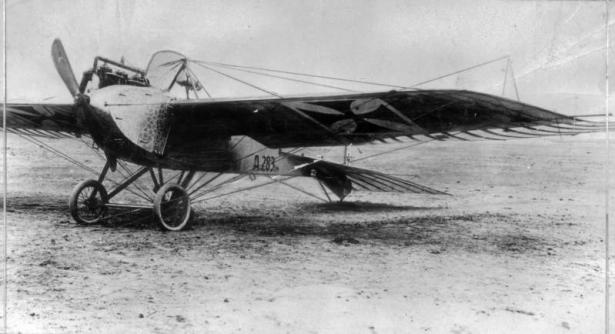
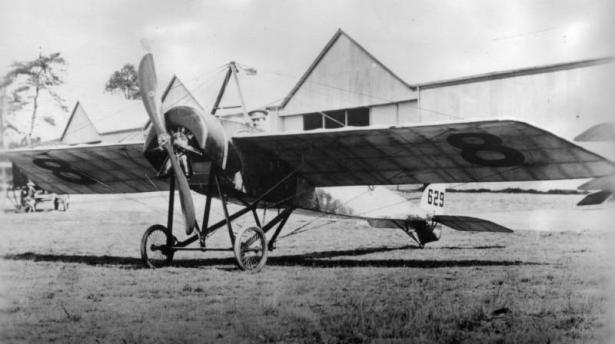
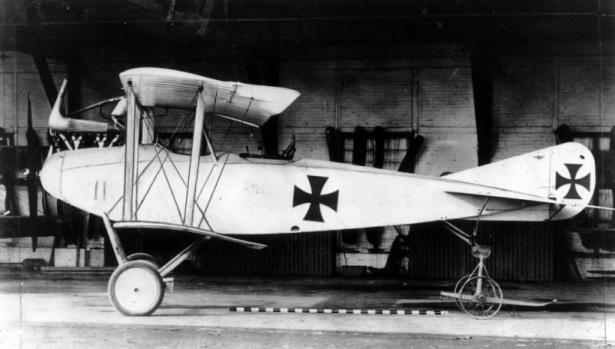
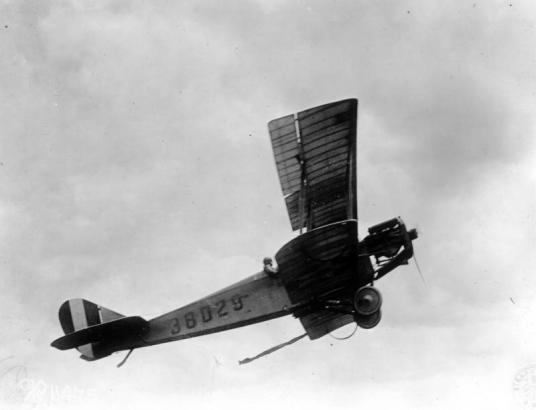
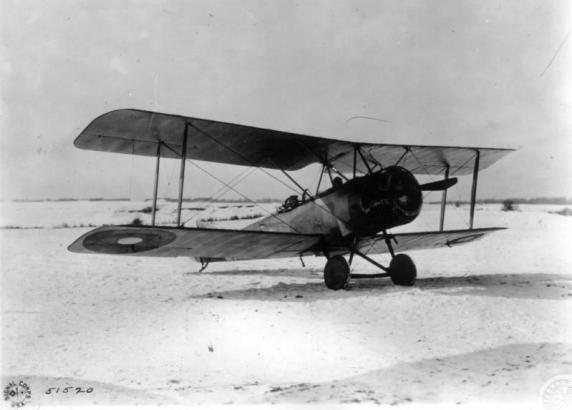
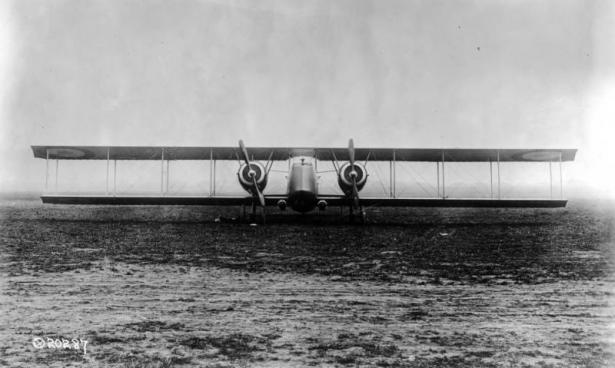
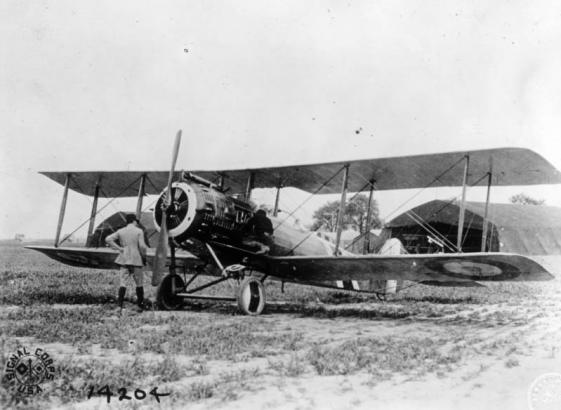
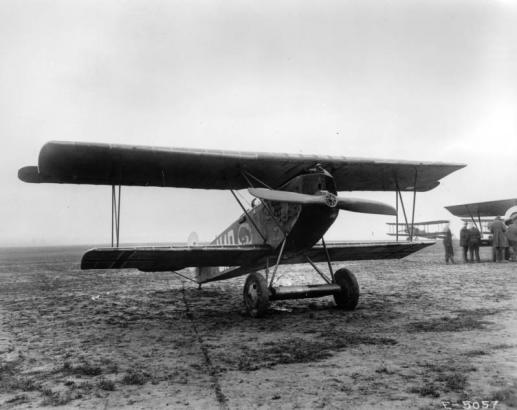
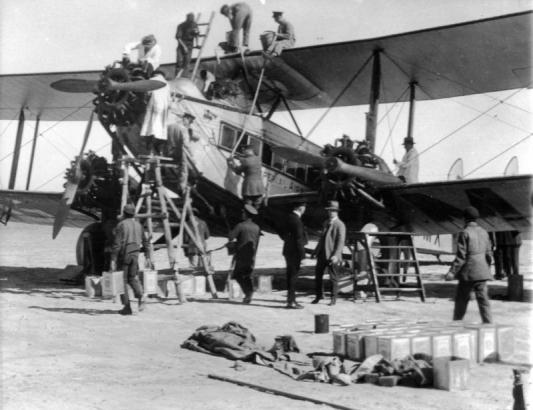

![View of a three engine Stinson A passenger airplane with lettering: "[De]lta Airlines," and "U. S. Air Mail Route 2[?]."](/sites/history/files/styles/blog_image/public/cdm_22756.jpg?itok=W5dplPGV)
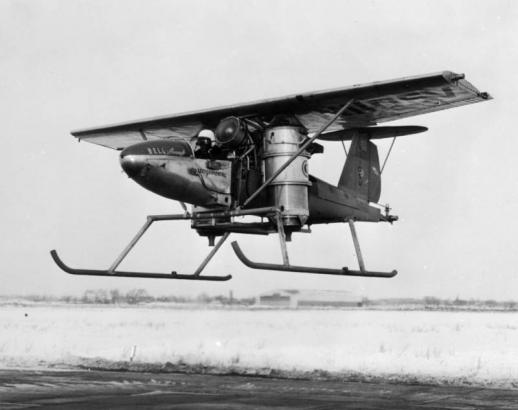


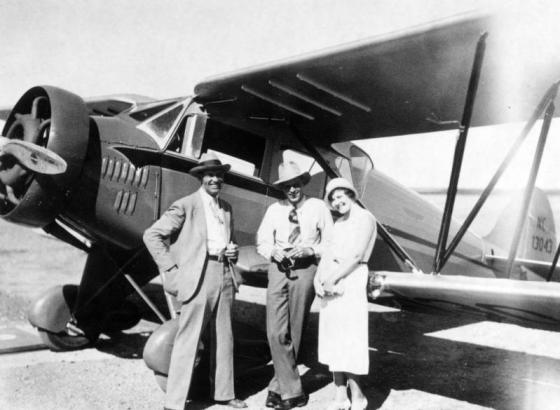
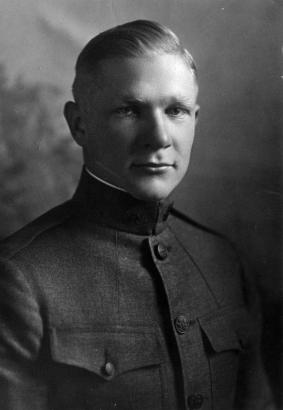

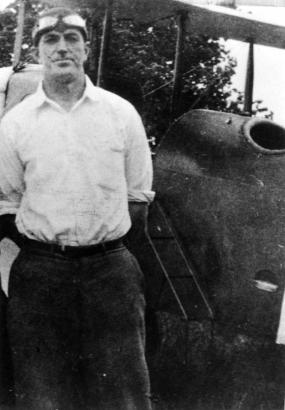
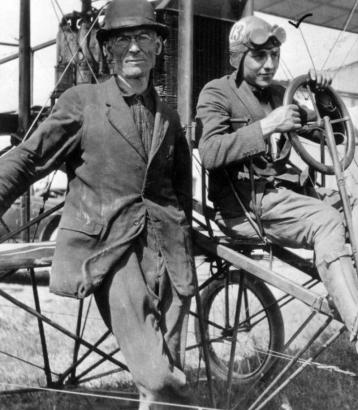

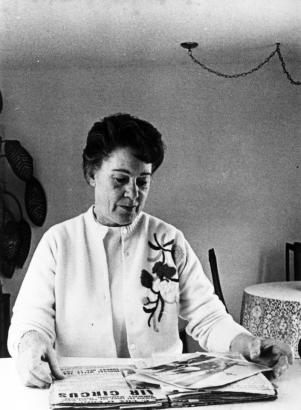

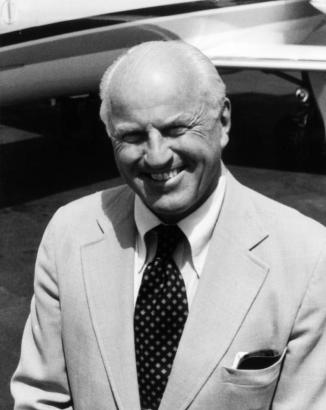

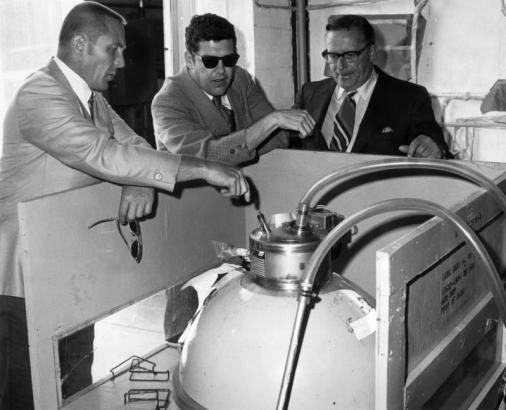
Comments
Raymond Wilson is the man on
Raymond Wilson is the man on the right in the photograph above. The caption incorrectly stated he’s standing on the left.
In the above photo, my…
In the above photo, my grandfather Ray Wilson is on the right as one looks at the picture, not the left. The man on the left is Hal Darr, the designer of the aircraft they are posing with. "Pappy" was its first pilot.
Correction, the other man in…
Correction, the other man in the photo is Tom Shelton, and the aircraft is the Crusader.
Correction, the other man in…
Correction, the other man in the photo is Tom Shelton, and the aircraft is the Crusader.
Correction, the other man in…
Correction, the other man in the photo is Tom Shelton, and the aircraft is the Crusader.
Add new comment